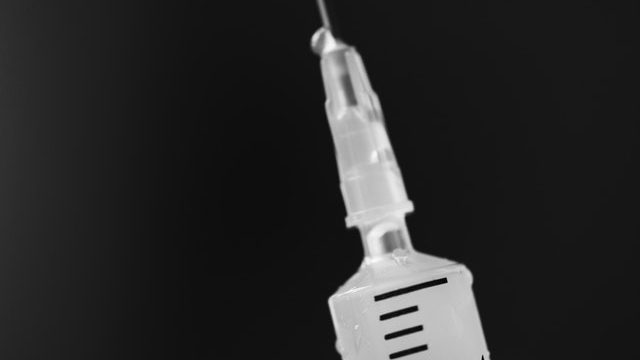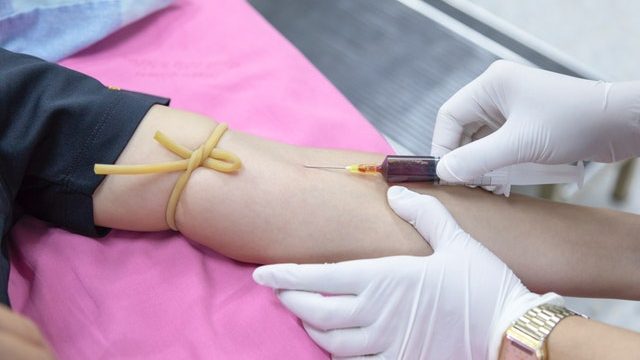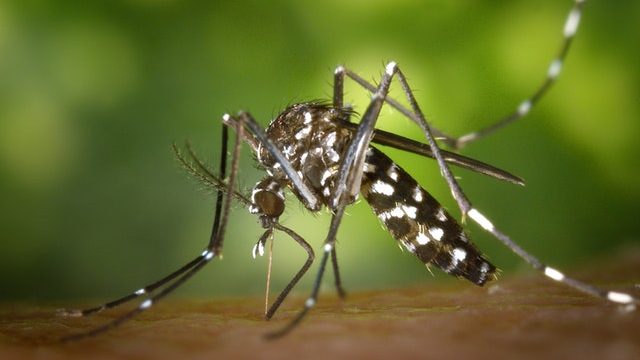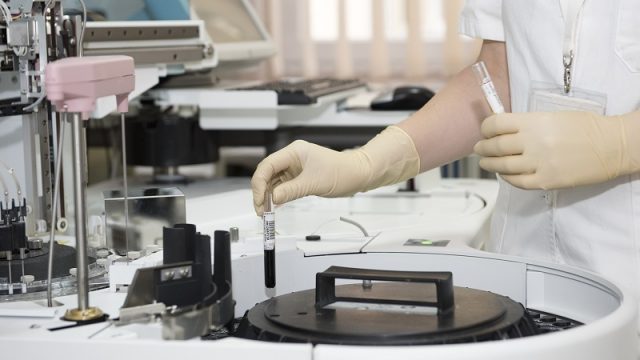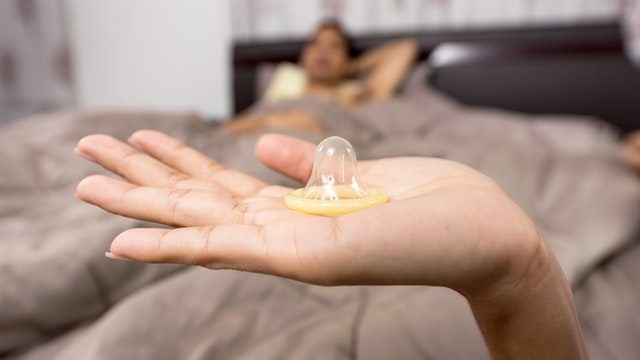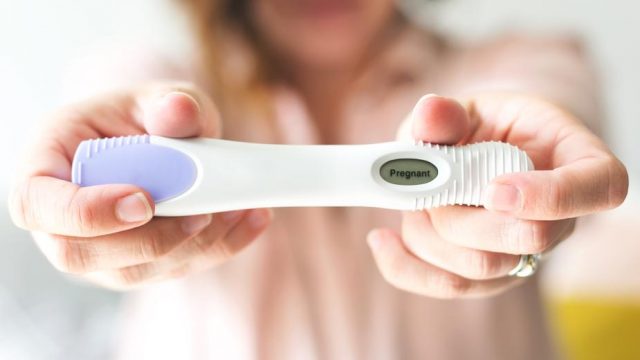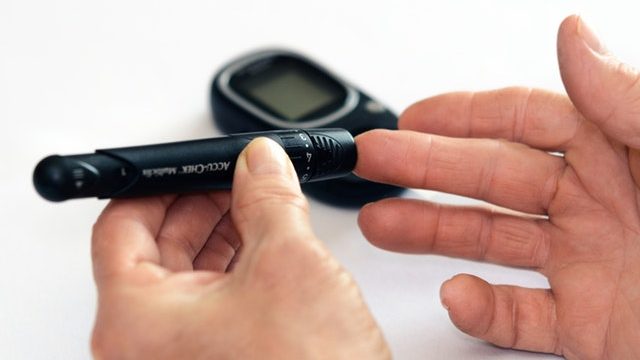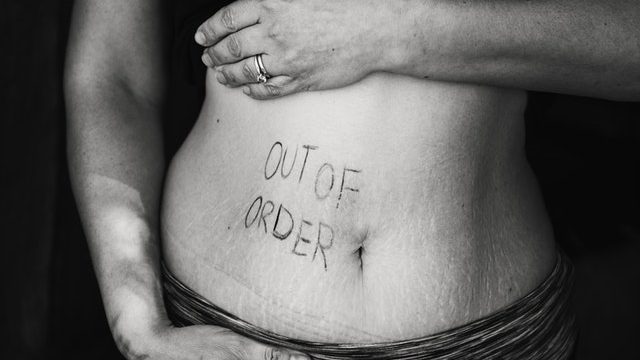The post-partum period (weeks after delivery) is a very special period. The new mother wants to give all her attention to the newborn and may not want to conceive at this time. There are many safe birth control options post-delivery. The special requirement at this time is that the method should be safe while breastfeeding. It should not pass on to the fetus and interfere with breastfeeding.
The birth control options post-delivery is as follows:
The Lactational Amenorrhea Method
Lactational amenorrhea method (LAM) is a natural method of contraception. There is no ovulation when a woman is breastfeeding. It requires exclusive, frequent breastfeeding. The time between feedings should not be longer than 4 hours during the day or 6 hours at night. This method can be used for only 6 months after childbirth (when there is exclusive breastfeeding) or until the period returns whichever is earlier.
Barrier Methods
Barrier methods include spermicide, male and female condoms, the diaphragm, the cervical cap, and the sponge. Barrier methods work by preventing the man’s sperm from reaching the woman’s egg. The cervical cap, diaphragm, and sponge can be used starting 6 weeks after childbirth.
Condoms can be used immediately after childbirth. They have the added advantage that they are the only method that can protect against sexually transmitted infections (STIs). Regular (daily) use of spermicides can increase the risk of getting the human immunodeficiency virus (HIV) from an infected partner.
Intrauterine Device
Copper devices and hormonal devices can be inserted immediately after a vaginal or cesarean delivery or at the first postpartum visit. They work by preventing fertilization and implantation.
Progestin-only pill
Progestin-only birth control pills contain only progestin. They work mainly by preventing fertilization. They must be taken at the exact same time each day. If one misses a pill by more than 3 hours, you will need to use a back-up method for the next 48 hours. Progestin-only pills should not be used in case there is breast cancer or a history of breast cancer.
Birth Control Injection
Depot medroxyprogesterone acetate (DMPA) is a birth control injection containing a type of progestin. It prevents ovulation. It is given in the upper arm or buttock every 3 months. The first injection can be given immediately after a vaginal or cesarean delivery.
The common problems with the injection are irregular unpredictable bleeding, bone loss when used over a long period of time and headaches and weight gain.
Birth Control Implant
The birth control implant can be inserted under the skin in the upper arm immediately after a vaginal or cesarean delivery. It releases progestin into the body and is approved for up to 3 years of use.
Its main drawback is that it can cause unpredictable bleeding. Other common side effects include mood changes, headaches, acne, and depression.
Combined Hormonal Methods
Birth control pills, the vaginal ring, and the patch are birth control methods that contain estrogen and progestin. They work mainly by preventing ovulation. Pills need to be taken every day. The vaginal ring must be inserted every 21 days. The skin Patch has to be applied every week for 3 weeks.
During the postpartum period, women have a higher risk of developing blood clots in veins located deep in the body. This condition is called deep vein thrombosis (DVT). Combined hormonal methods will increase the risk of DVT even further.
The estrogen in these methods can affect the milk supply. Therefore it is advisable to avoid these methods for the first 4–6 weeks after childbirth until breastfeeding is established.
Combined hormonal methods are not recommended for women older than 35 years and who smoke; have high blood pressure or a history of stroke, heart attack, or DVT; have a history of migraine headaches with aura; have certain medical conditions, or have breast cancer or a history of breast cancer.
Sterilization
Sterilization is permanent birth control. In women, sterilization is performed by clipping the fallopian tubes. It can be performed soon after delivery, several weeks or months after childbirth.
For men, vasectomy is done but it takes about 2–4 months for the semen to become totally free of sperm after a vasectomy. Therefore, the couple will need to use another method of birth control or avoid sexual intercourse until a sperm count confirms that no sperms are present.
Post-delivery it is important to first discuss with your partner regarding future pregnancy planning and then with the doctor regarding your contraception choices and choose a method that best suits your needs.
















